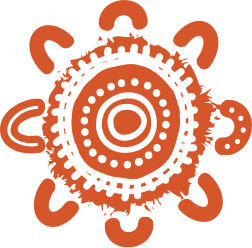There are a number of symptoms to look out for, including:
- a new spot on your skin that doesn’t go away
- a spot or mole that is changing its size, or shape, or colour
- a spot that is uneven or is bigger than about 6mm wide, or the colour spreads into the skin around it
- a sore that doesn’t heal
- a mole that is itchy, scaly, sore or swollen or bleeding or oozing
- a painful mole.
Having these symptoms may not mean you have cancer, but it’s important to check.
If you have any of these problems, or are worried about something else, yarn with your doctor, nurse or Aboriginal and/or Torres Strait Islander Health Worker.






